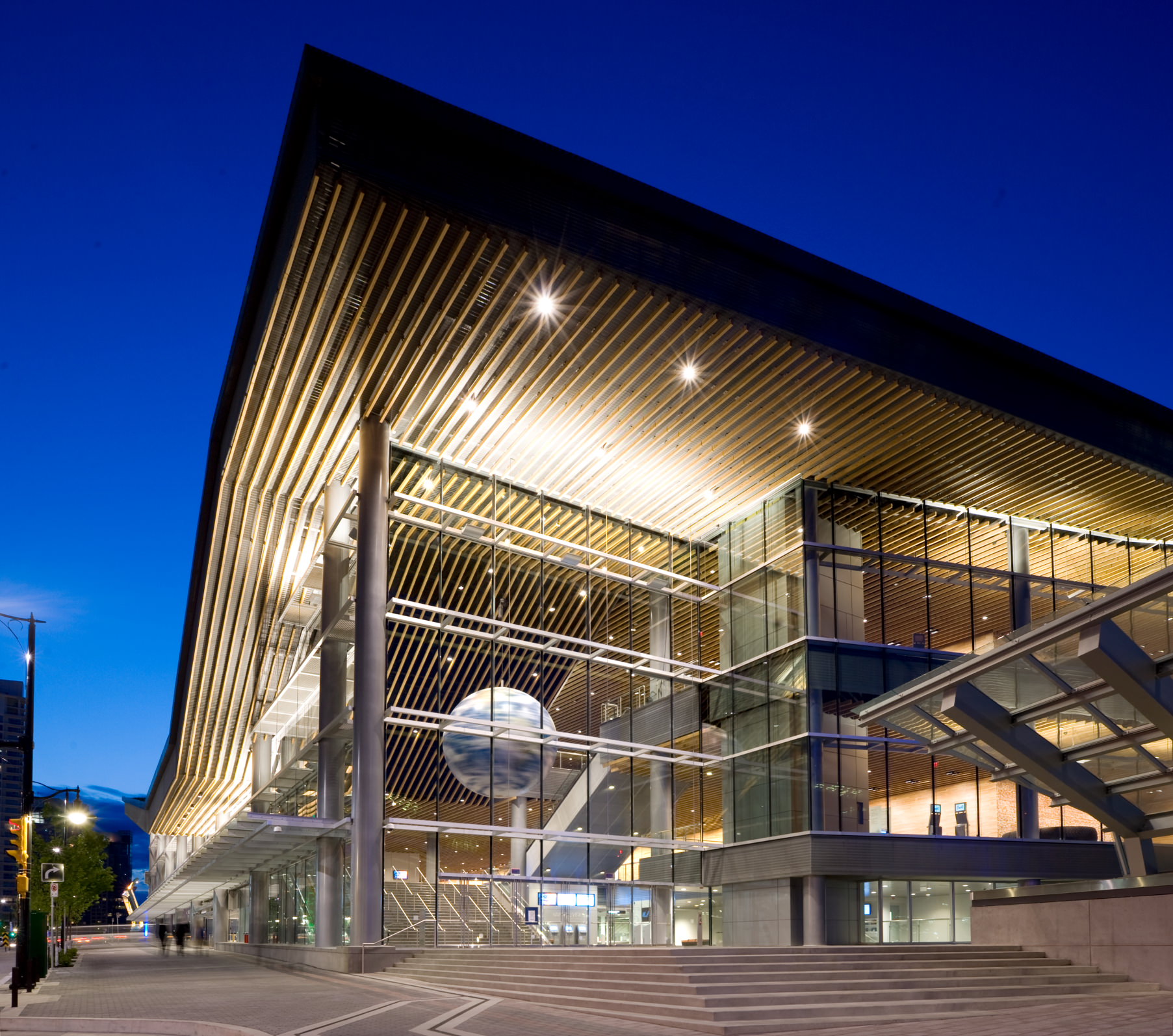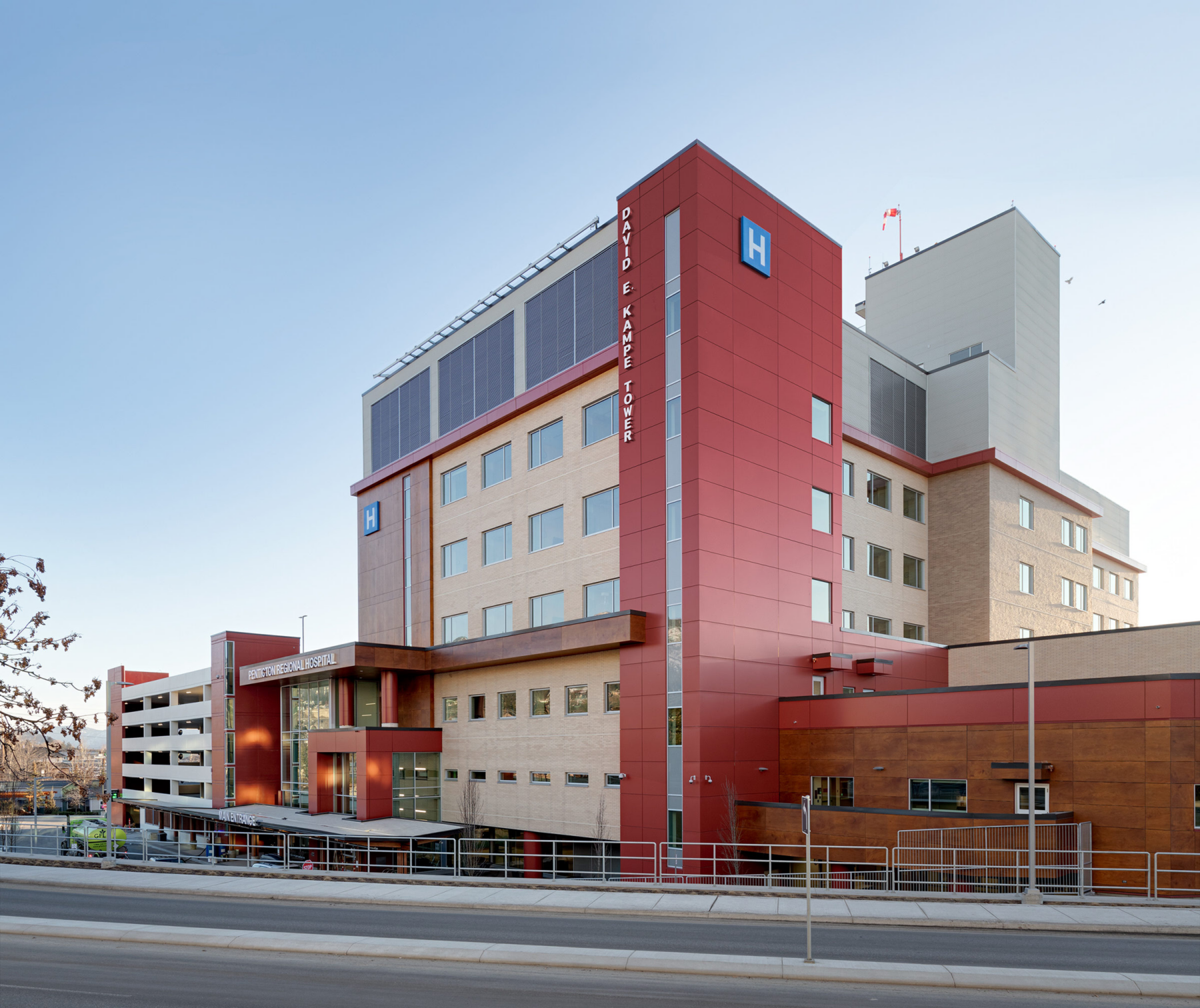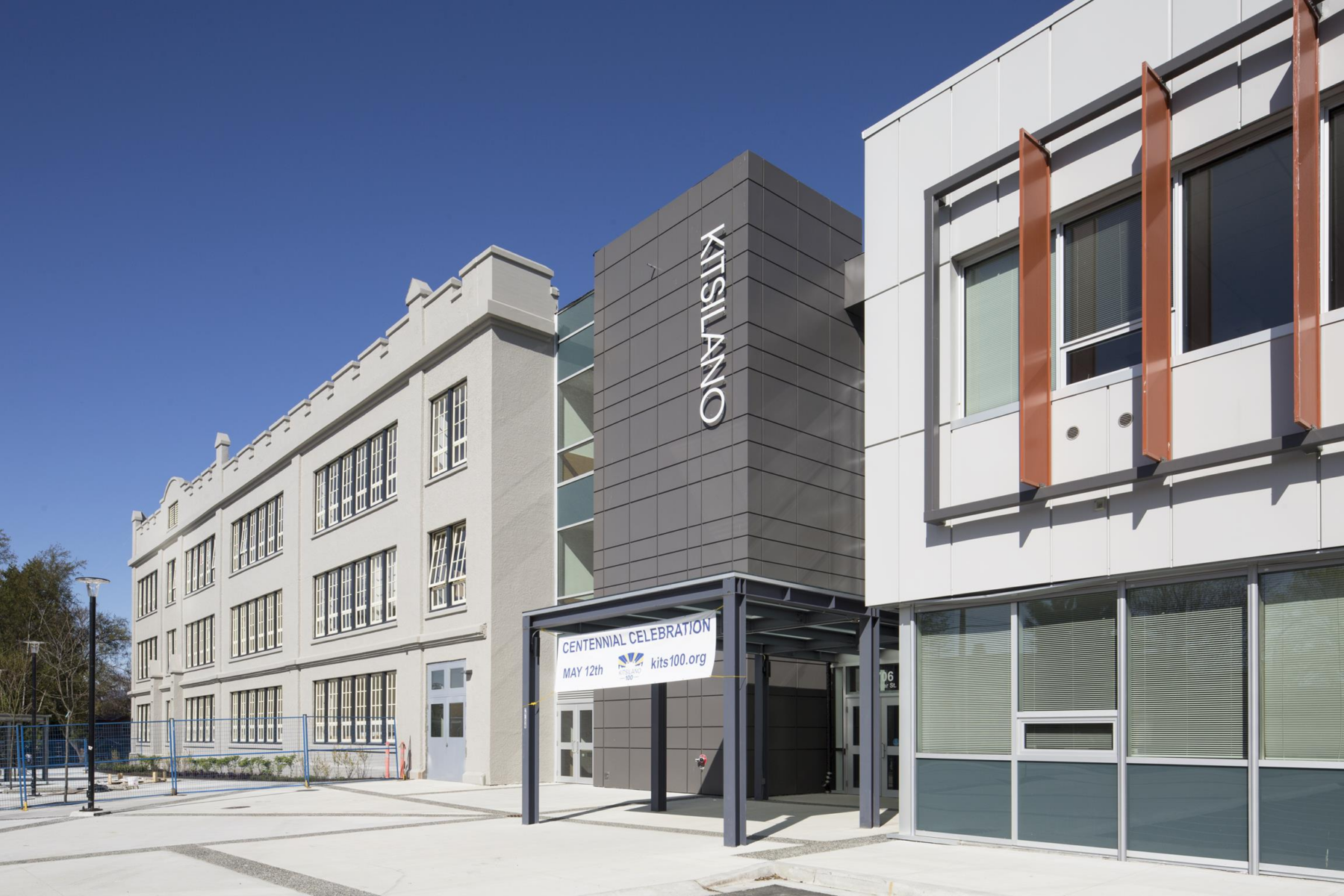Building community: Glotman Simpson grows institutional work
Known as private sector experts, the engineering firm has expanded its public project footprint.

Glotman Simpson isn’t just helping build iconic high-rises. They are also reinforcing them with the schools, hospitals, sports facilities and other institutional infrastructure around them that create great places to live and grow.
Historically, Glotman Simpson’s private-sector work formed the core of its business, but over the years they have quietly grown a portfolio of landmark institutional projects, including the UBC Sauder School of Business, the Vancouver Convention Centre, and Richmond Oval.
This list is growing. In the last decade, the firm has made a focused effort to expand in this area, driven by organic opportunities, strong client relationships, and a focus on efficiency and value to end users.
Projects such as the RCMP E Division Headquarters and the Kitsilano Secondary School Renewal marked early milestones in this evolution. Leading this charge is Ryan Nikiforuk, Glotman Simpson’s Director of Institutional Projects. He was drawn to building at a young age, becoming a hobbyist woodworker and eventually working on construction sites before going into engineering.

At Glotman Simpson, his passion for institutional work began with the Penticton Regional Hospital P3 pursuit in 2015.
“I fell in love with it and dived head first,” said Nikiforuk. “Institutional work is very collaborative. Quite often you’re working with contractors and users very early from the genesis of the project. It inspired me to champion a firm-wide push to expand our presence in institutional projects, building on our history of delivering schools, hospitals, and civic spaces.”
By marrying Glotman Simpson’s private-sector expertise with the unique demands of public-sector projects, its team has carved out a reputation for balancing technical excellence with client-focused solutions.
It’s a move that is paying off. B.C. is in the midst of a healthcare building boom as the population is aging and the lifecycle of medical facilities built in the 70s are reaching their end.
It also coincides with a major evolution in how these projects are structured. Nikiforuk explained that lots of institutional work used to build using the P3 model, then it shifted to design-build and now it has evolved towards more collaborative models.
“It’s now about less risk-dumping models like progressive-design build, Alliance and IPD that are opening up the market to allow more players in the game,” said Nikiforuk. “Historically, you have these big P3 and design build models that are hugely costly to pursue, hugely risky to pursue and the market has really just been limited to some of the big contractors, which limited our opportunities.”
This shift is a perfect fit for Glotman Simpson, which has built its business on long-standing client relationships, a collaborative design approach, economical designs, and advanced technical expertise.
“Our experience with collaborative delivery models ensures we can address the complexity and interdependencies these projects require,” said Nikiforuk.
The result of Glotman Simpson’s strategy has been projects concentrated in British Columbia, with notable contributions in the Interior—such as the Royal Inland and Penticton Regional Hospitals—and more recently in the Lower Mainland with projects like the Burnaby Hospital Redevelopment. Through its Victoria office, they have a growing presence on Vancouver Island. As well, their Toronto office is currently seeking out opportunities in the region.
“We’ve taken a far-sighted approach internally, identifying individuals within our firm who have a natural interest and affinity for institutional work,” said Nikiforuk. “By providing these individuals with opportunities to be involved early in projects, we’re building a strong pipeline of talent equipped to handle the challenges of this sector.”
Going forward, Glotman Simpson plans to build out its engineering and project management team with people who have extensive institutional experience. They also plan to maintain their strong presence in B.C.’s Lower Mainland while expanding their institutional portfolio into regions they are known by the private sector.

